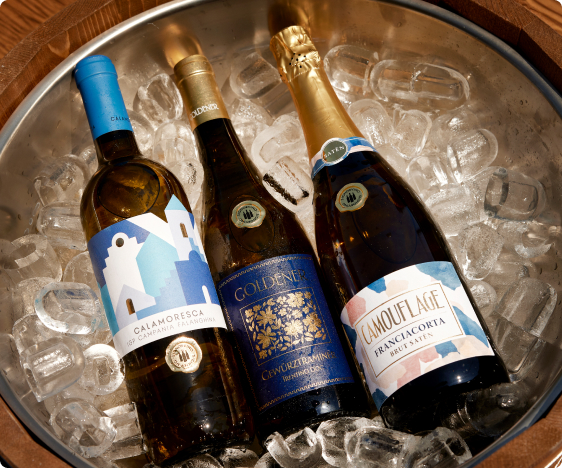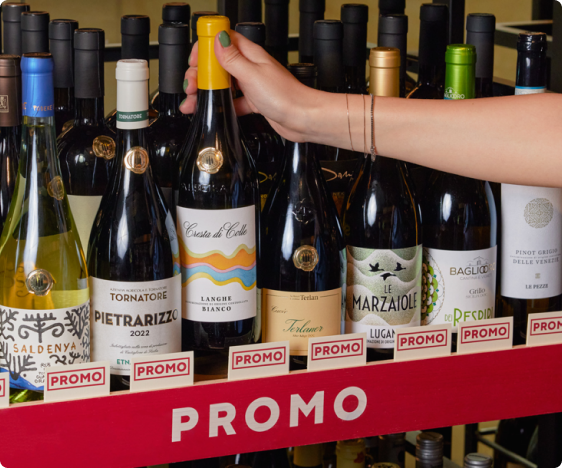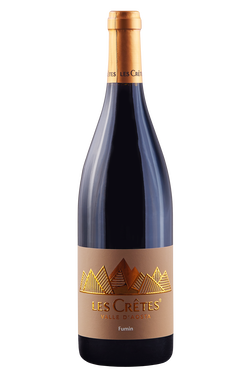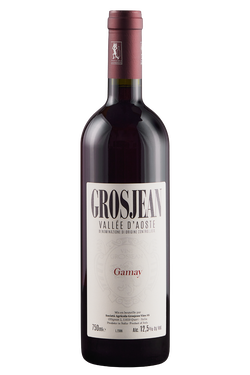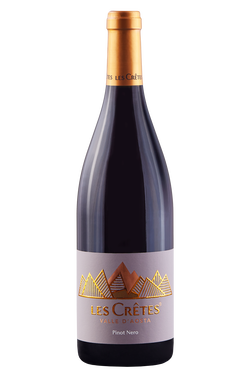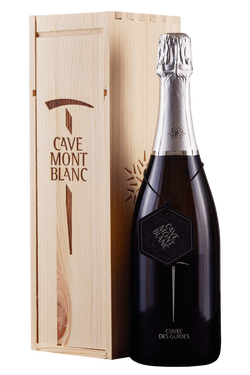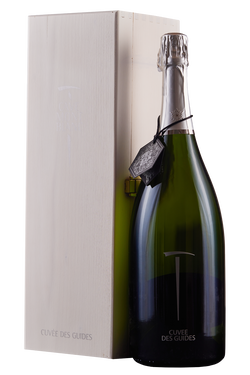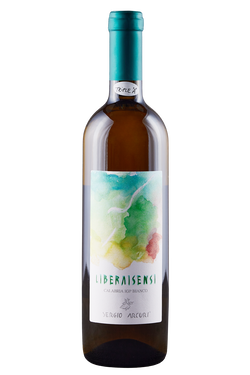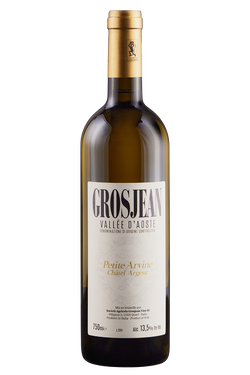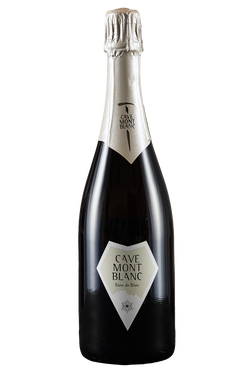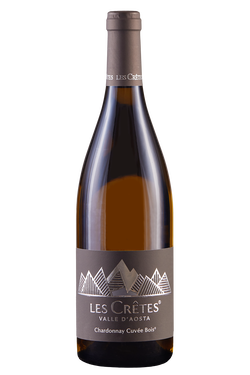- Wines >
- Valle d'Aosta
The history of wines from Valle d’Aosta
The history of wine production in Valle d’Aosta begins in the Bronze Age, according to archaeological finds. Starting in the 7th century BC, it was the Celtic population of the Salassi, who lived in the Canavese area and the Dora Baltea valley, who gave a boost to wine production, importing techniques and tools such as wooden barrels. The Romans further specialized production from the 1st century AD onwards, with advanced tools such as presses and vats. Viticulture in the area thrived during the Middle Ages and beyond, but first came to a halt during outbreaks of the plague in the 17th century and then, later, due to the phylloxera epidemic in the late 19th century. It would not be until the mid-20th century that Valle d’Aosta once more began to fully exploit its winegrowing potential. This was in fact when the École Pratique d’Agriculture (becoming in 1982 the Institut Agricole Régional) was established; thanks to new growing techniques, it was able to concentrate on production quality rather than quantity. In fact, if compared to the Napoleonic era, when it accounted for about 3,000 hectares, today the area under vine has drastically dropped, and amounts to about 400 hectares. With such small plantings, high yields are impossible, and production quality becomes the best way to fully exploit the region’s potential. The École Pratique d’Agriculture has also contributed to the importation of international vines on an experimental basis, to demonstrate the aptitude of the terroir for quality viticulture, an operation that has given excellent results, successfully importing varieties such as Chardonnay and Müller Thurgau. The birth of cooperative wineries, widespread in the region, dates back to the 1970s, and still today they play a fundamental role in processing the grapes and promoting the wines of Valle d’Aosta. Today, around 2,000,000 litres of wine are produced in the Valle d’Aosta each year, 60% red and 40% white, on land that is 60% mountainous, 35% hilly and 5% flat. The region has only one DOC, the Valle d’Aosta or Vallée d’Aoste DOC, which is divided into seven sub-zones.
The typical wines of Valle d’Aosta
Valle d’Aosta offers a wide variety of wines, but there are some that we can truly consider typical. The first of the region’s most characteristic wines are the Valle d’Aosta red wines produced from Petit Rouge grapes, the region’s most widespread black grape variety, and probably one of its few native ones. The wines produced with these grapes, such as the Valle d’Aosta DOC, Enfer d’Arvier subzone or Torrette subzone, display a purplish-red hue and a highly intense aroma, with notes of blueberry, raspberry, violet and dog rose, followed by a warm, tannic palate. Another iconic black grape variety of the region is Fumin, so called because of the smoky aromas of the wines made from its grapes. These wines, like the Valle d’Aosta Fumin DOC, are ruby red in colour, with abundant spice and tannins on the herbaceous palate. A particular speciality of Valle d’Aosta is without doubt vin de glace (ice wine) best enjoyed with dessert or sipped on its own. To produce them, the bunches are left to dry under the snow until the temperature reaches 7-10 degrees below zero. At that point, only the ripest grapes are selected and harvested at night, to produce unique, highly sought-after wines.
The spumantes of Valle d’Aosta
If one thinks of the spumantes of Valle d’Aosta, the first variety that comes to mind is the native white grape at the basis of the region’s best, Prié Blanc. It is one of the few local varieties that survived phylloxera, and in Morgex and La Salle it has adapted to almost impossible growing conditions for vines. Here we find the highest vineyards in Europe, perched among rocks and dry-stone walls, in what is a perfect example of heroic viticulture, carried out in extreme conditions. This variety gives various types of wine, with Metodo Classico spumantes leading the way. Among these, the most important is the Blanc de Morgex et de la Salle Spumante. This spumante offers a bright straw yellow colour, and a fine, persistent perlage. It offers an intense but delicate aroma, with fruity and floral hints, and sometimes a touch of citrus. It shows extremely harmonious structure on the palate, with a fresh, rounded taste, and the mineral undertones typical of the region’s wines. Among the various producers, we should mention the Cave Mont Blanc winery, which produces a small reserve of Metodo Classico sparkling wine with unique characteristics, at over 2,000 metres above sea level. Blanc de Morgex et de la Salle Spumante is an excellent sparkling wine to bring along to an aperitif with friends, an elegant wine that will suit everyone’s tastes.
Chardonnay: an example of excellence from Valle d’Aosta
Although more red wine is produced than white, the white wine from Valle d’Aosta achieves excellent quality. The Valle d’Aosta or Vallée d’Aoste DOC designation envisages among its types the wine Valle d’Aosta or Vallée d’Aoste DOC Chardonnay. This wine is produced using at least 85% Chardonnay, a variety introduced into the region in the 1980s. Chardonnay from Valle d’Aosta shows distinctive sensory characteristics, displaying a straw yellow colour and an intense fruity aroma. This wine, which is aged for five months, achieves a savoury, fresh palate with medium body. Among the many wineries in Valle d’Aosta that produce Chardonnay today, Les Crêtes stands out. The Chardonnay produced by this winery leaves a mark with its elegance and delicacy, and will win you points if you serve it as a white wine for a romantic dinner, especially if paired with white meats or vegetarian dishes.
